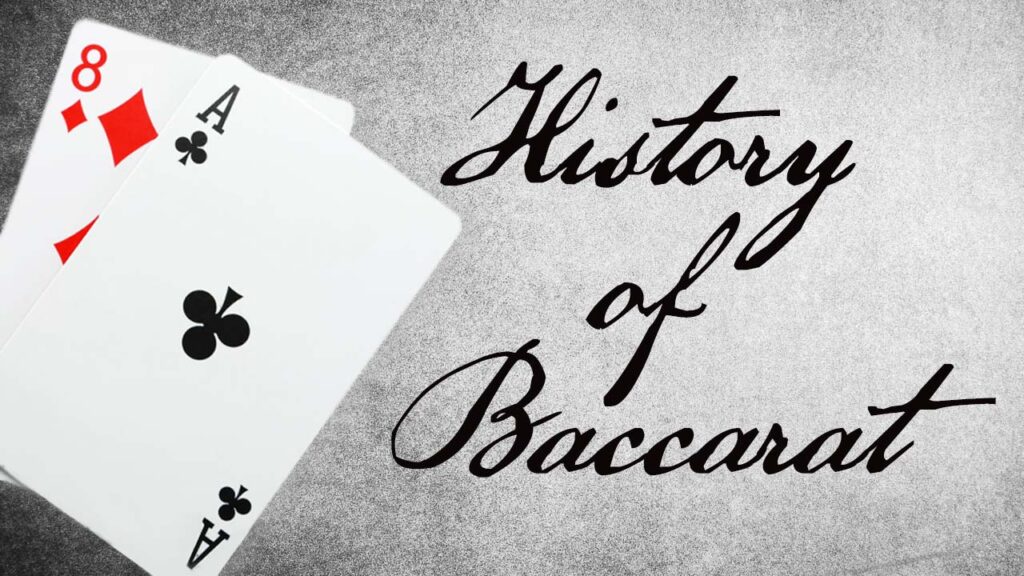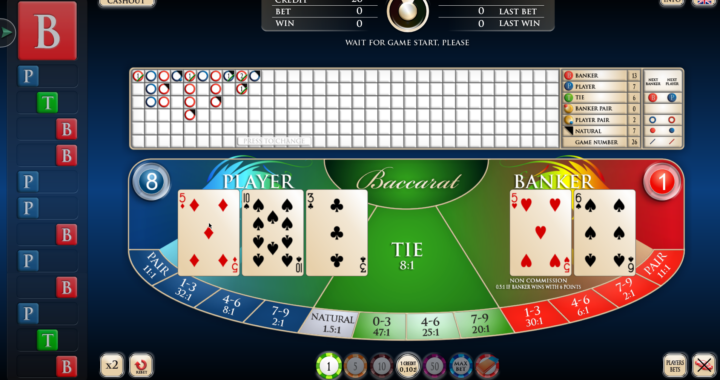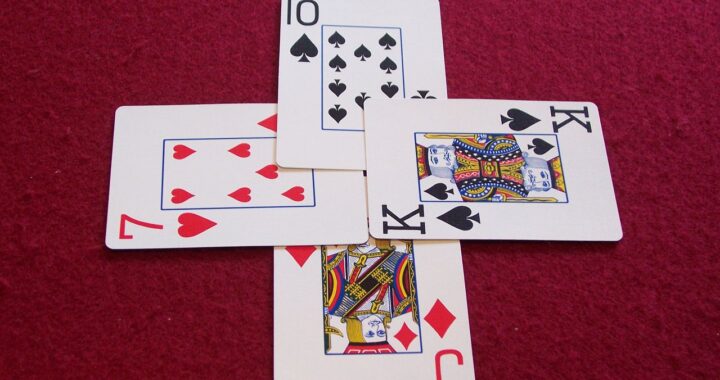Peek Into The History Of Baccarat From Its Origin To The Current Version
3 min read
The country of origin of Baccarat is Italy or France. You can read about the current rules of the game.
Have you recently watched a James Bond movie? Do you belong to Asia or Macau? If the answer to at least one of the questions is ‘yes,’ you might be excited to play Baccarat. The solution is to join a Dream Gaming casino, such as metabet.online, where you will meet avid gamblers with whom you can take home considerable prize money.
The Origin Of Baccarat
As per popular belief, during the 14th century in Italy, an early version of Baccarat was developed. Felix Falguiere, an Italian gambler, made some alterations to Tarrochi, a famous game in that era, to develop a primitive form of Baccarat wherein tarot cards were used.
As per other sources, in the 19th century in France, the aristocracy preferred to play Baccarat Banque, a primitive form of Baccarat. Thus, France is where this game originated. In those days, three players were essential. Gradually, the game evolved, and two players were essential for variations, such as Punto Banco and Chemin de Fer.
The Timelines Of Baccarat
In 1847, Charles Van-Tenac, a mathematician, wrote a book, Album des Jeux. This book contained 13 pages devoted to Baccarat’s mathematical analysis and probabilities. Presently, this is the first official document of this game.
In 1871, the New York Times published an article mentioning the Clubhouse casino at Long Branch. This article references the ‘Baccarat board’ and ‘roulette tables.’
In 1959, the Las Vegas Sands casino was launched, and there was news about Baccarat occupying a position in the mainstream US gambling arena. Here, players used to actively gamble on an altered version of Punto Banco, which rendered side bets on natural hands and was stripped of Tie belts.
Baccarat Protocol
In a live dealer game, the players compete with the House. They don’t play against each other. The goal of each hand is to guess the box that can have the strongest hand, and then, the players support that box for a win. There are three boxes on the table: Tie, Banker, and Player. Players don’t intervene and decide the cards held in their hands. Thus, this is a game of chance.
Initially, players have an opportunity to place a wager. Each player guesses the result of the upcoming cards. Each player bets on whether the Banker will win, the Player will win, or the round is a Tie. Now, the House provides two cards each to the Banker and the Player. As the face of the cards is upward, after all, four cards are dealt, and all can see the result of the hand.
The Banker or the Player with a total point of nine is a winner. Face cards are valued as zero. The person whose sum of the cards is nearest to nine is a winner. If a box has a Natural 8 or a Natural 9, this box is a winner, irrespective of other cards. If there are two Naturals, then nine is the winner.
Per some rules, the Banker or the Player is coerced to draw a third card. This rule comes into the picture when a hand based on the initial two cards is five or lesser.






